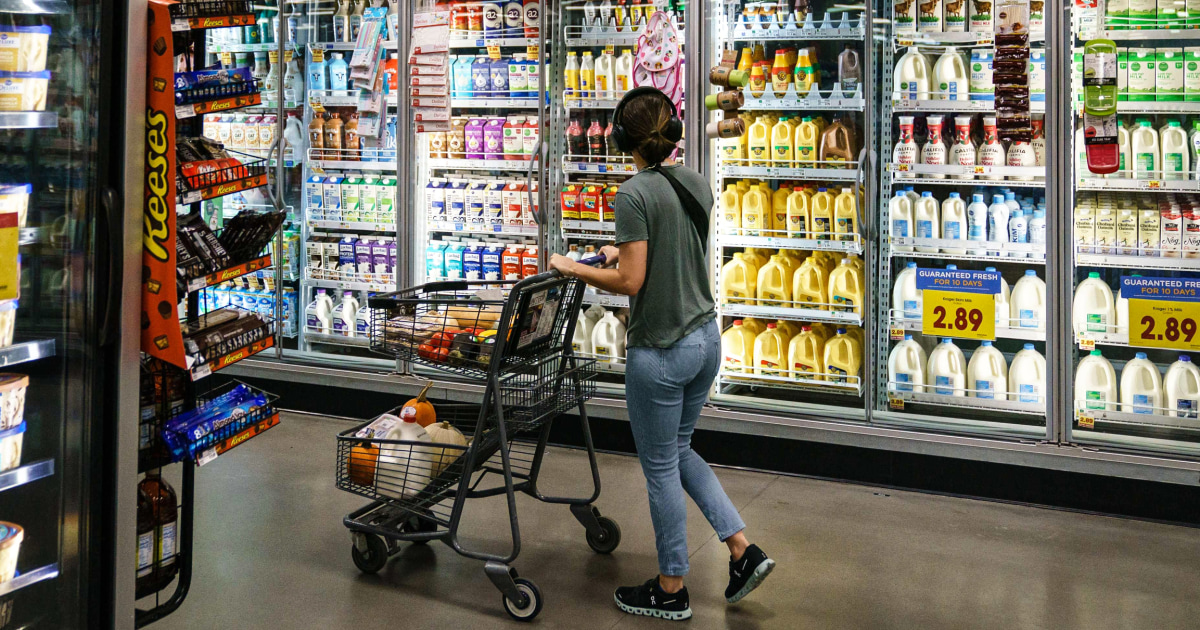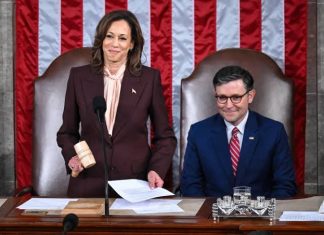Consumer price increases eased to 7.7% in October, a sign that the persistent inflation that has plagued the U.S. economy is showing glimmers of cooling off, even as it remains near four-decade highs.
The new data compare with a reading of 8.2% in September. On a monthly basis, inflation increased 0.4%, compared with 0.4% in September.
Market analysts had forecast a 12-month increase of 8%, according to research group FactSet.
Even with Thursday’s lower reading, stubbornly high prices likely played a role in the outcome of the midterm elections, with voters naming the economy as their top issue of concern.
“It isn’t just the ongoing pace of increase that is troublesome but the pervasiveness of surging prices across various spending categories that has scarred household budgets,” Bankrate chief financial analyst Greg McBride said in a note in advance of the latest inflation report.
The data also follows the Federal Reserve’s move to raise its key federal funds rate another 0.75%, the fourth-consecutive hike of its kind and the sixth increase this year. Fed Chairman Jerome Powell has said he now expects to increase the federal funds rate to a level beyond where the central bank had previously anticipated because inflation has not cooled off.
Even as the Fed has sought to make it more expensive to borrow money, the U.S. economy has remained strong, especially as measured by jobs. The U.S. added 261,000 jobs in October — well ahead of expectations for 200,000.
In fact, the Fed is trying to decrease demand for labor, something that pushes up wages and, in turn, feeds into higher prices. By raising interest rates, the central bank hopes it can make it more costly to borrow and invest, thereby cooling off further price increases.
Some economists remain optimistic that the Fed can continue to raise rates without tipping the U.S. into recession.
“We still see a very plausible … path from the high-inflation economy of the present to a low-inflation economy of the future without a recession,” wrote Goldman Sachs analysts led by economist Jan Hatzius in a note to investors. The economy would get there through a slowing economy that does not result in sharp job losses, they said.
There are signs that inflation is cooling off. Gas prices are down about $0.10 over the past month. Data show that both home prices and rents are on the decline, though there are often lags before they show up in official data. Used car prices have also drifted lower after reaching significant highs earlier this year.
But the inflation rate remains far above the Fed’s 2% target, meaning aggressive actions by the central bank are likely to continue.
“The monthly CPI is a regular reminder that inflation is outstripping what is otherwise pretty stout growth in household income, further validating the sour financial mood of American consumers,” McBride said.
He added: “Despite a half-dozen interest rate hikes by the Federal Reserve, any broad-based, significant, and sustained easing of inflation pressures remains elusive.”
Share your story or advertise with us: Whatsapp: +2347068606071 Email: info@newspotng.com











